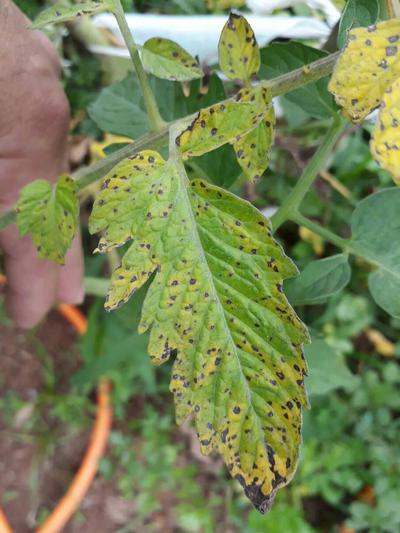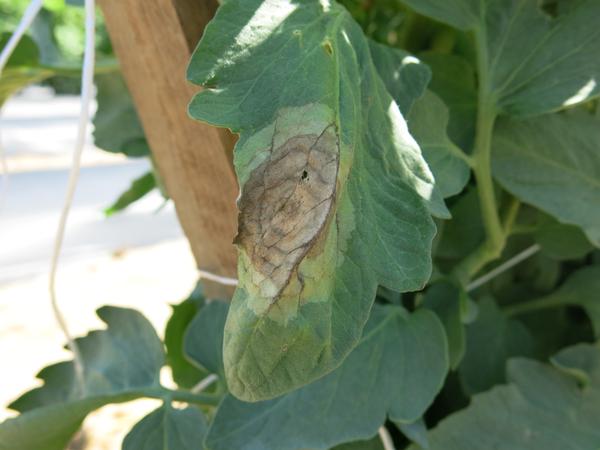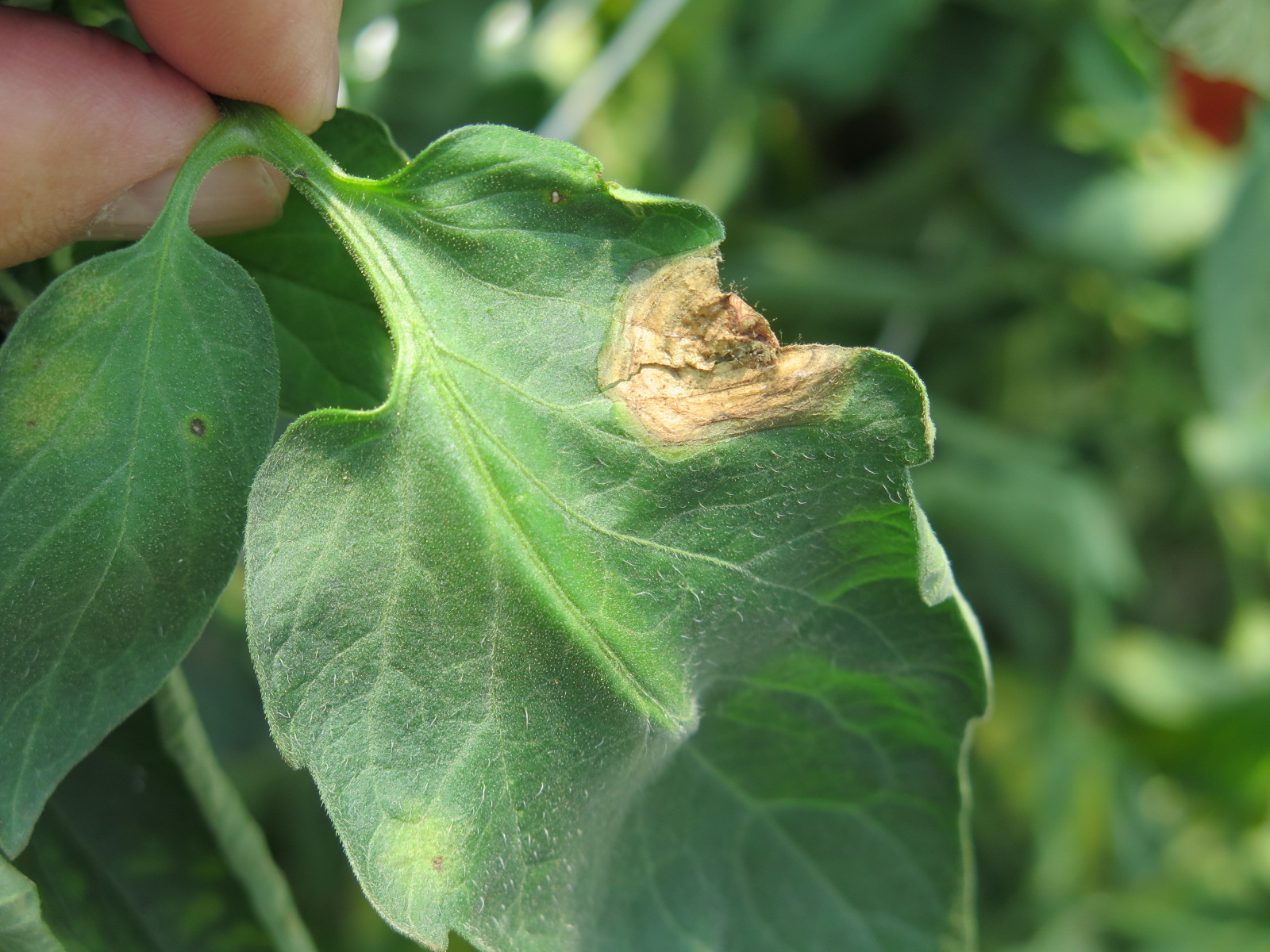
Tomate
How to recognize and combat cladosporiosis in tomatoes
Cladosporiosis
Fungus
Type:
Risk to the plant:
INTERMEDIATE
Cladosporium Fulvum
Pathogen:
Micosis/Hongos
WHO CAUSES IT?
Cladosporiosis is a disease caused by fungi of the genus Cladosporium, which belongs to the Mycosphaerellaceae family. These fungi are ubiquitous microorganisms commonly found in soil, air, and plant surfaces. The best-known species associated with cladosporiosis is Cladosporium fulvum, although other species in the genus can also cause the disease. Cladosporium fungi are saprophytes, meaning they can survive by feeding on dead organic matter. However, they can also act as opportunistic pathogens, especially under conditions favorable for their growth and development, such as high humidity and moderate temperatures.
SYMPTOMS
Typical symptoms of cladosporiosis in tomato include the appearance of necrotic Taches on the leaves, which may appear dark brown or black. These Taches usually start on older leaves and can spread to the stems and fruits, causing defoliation and reducing the quality and yield of tomato crops.


DEVELOPMENT CONDITIONS
Temperature:
20°C -25°C
Humidity:
70% - 90%
HOW IS IT SPREAD?
Wind, direct contact with infected plants, contaminated irrigation water and spread by undisinfected agricultural tools.
HOW TO ELIMINATE IT?
Home treatments
Natural allies
There are no natural allies
Chemical treatments
RECOMMENDED PRODUCTS TO ELIMINATE THE PEST
REPELLENT PLANTS
-
RECOMMENDATIONS
- Avoid wetting the leaves when watering, do it directly to the ground.
- Don't put the plants too close together, leave room for air to circulate.
- Remove leaves or diseased parts as soon as you see them.
- Use natural fungicides such as baking soda, copper or horsetail.
- Do not reuse soil from plants that were sick.
- Clean the tools well before and after using them.
- If you grow indoors, open windows or use fans from time to time.

















:strip_icc()/Tomato-Pests-and-How-to-Get-Rid-of-Them-Aphids-1240757332-ee4e1a4311004964a61c3878054935d3.jpg)







